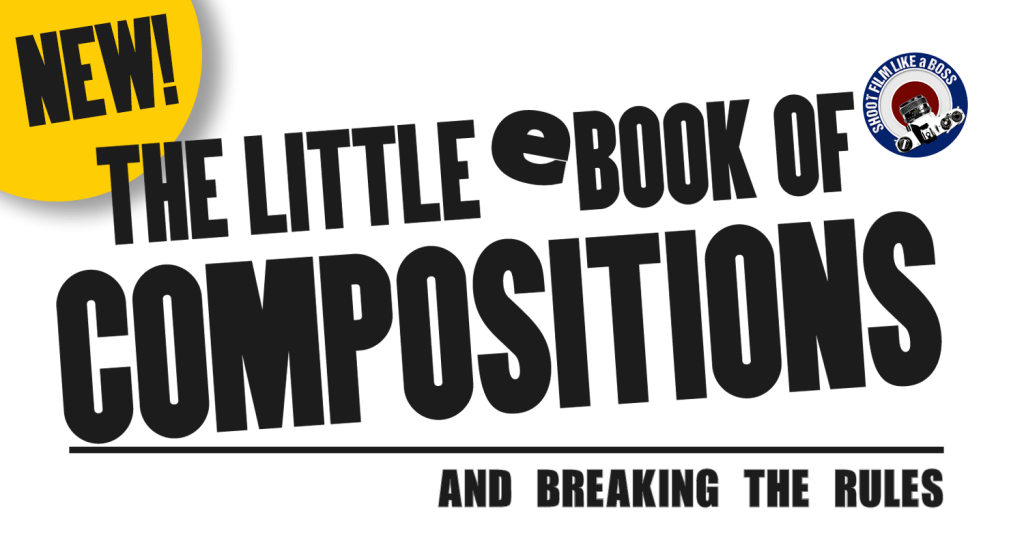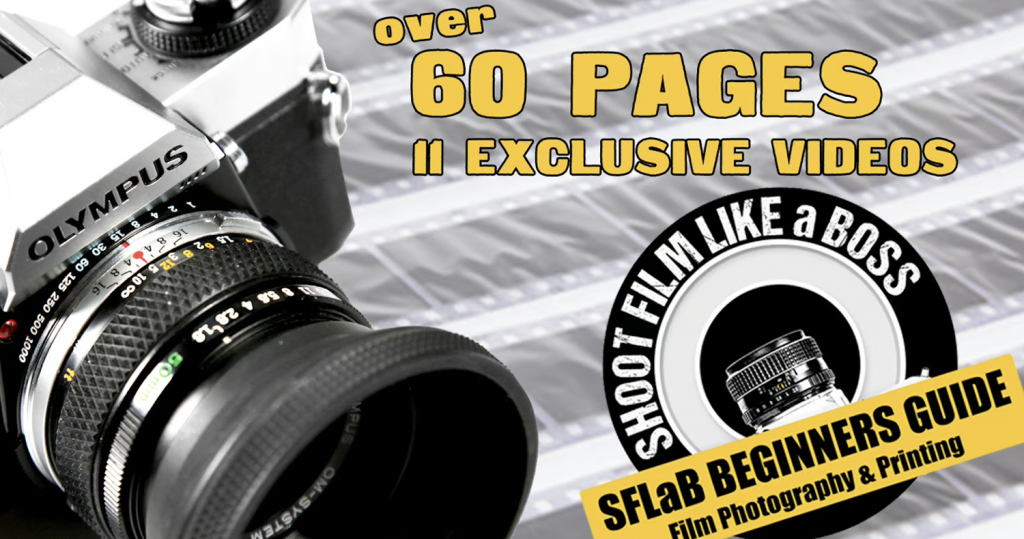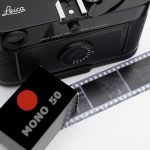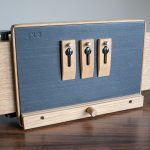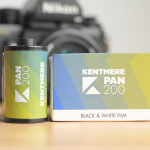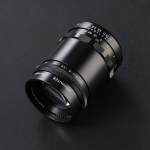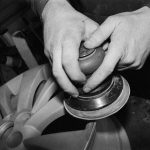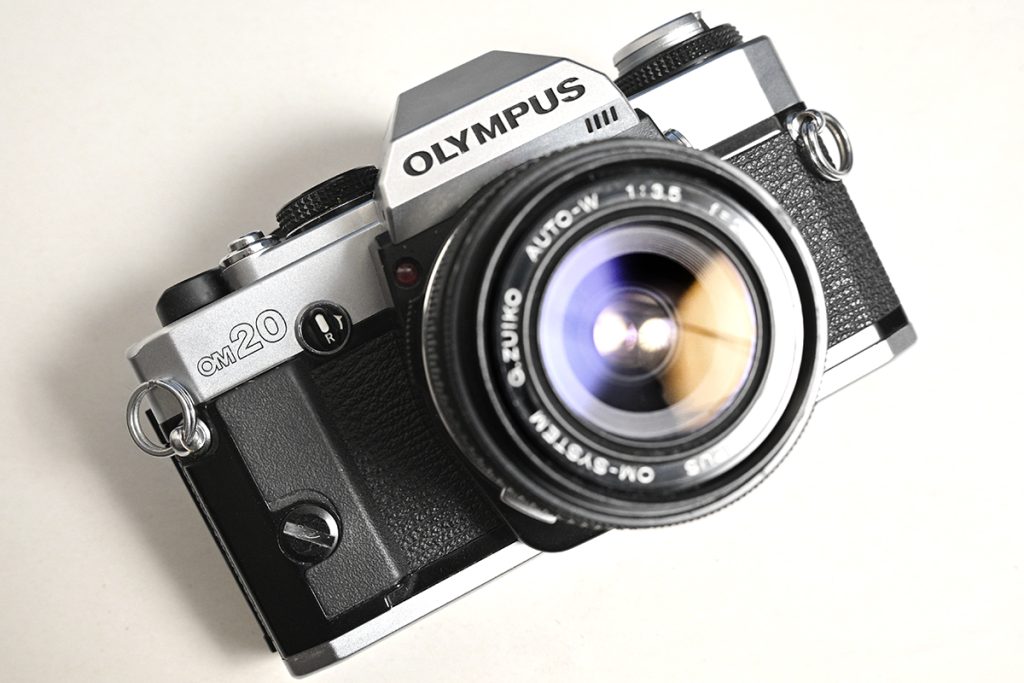
A camera I hardly see being mentioned is the fantastic Olympus OM-20.
Recent YouTube Video on this camera:
It has all you need to take great photographs on film, especially for beginners, and it does so with elegance and charm weighing in at just 430g. But why do you see so little of this camera with its older brother, the OM-10, taking most of the limelight?
Olympus stunned the photographic community back in 1972 when it unveiled its new OM System of camera, the OM-1. It was then, apparently, the world’s smallest 35mm SLR. It was originally called the ‘M-1‘ but the Germans got the hump as they already had the Leica M1. So a year later in 1973, no doubt after a costly and lengthy court battle, Olympus had no option than to put the letter ‘O‘ in front of it, and the OM series was born! And it went on through the years.
- OM-1 1972/3-1979
- OM-1 MD 1974-1979
- OM-1N 1979 – 1987
- OM-2 1975 – 1979
- OM-2N 1970 – 1984
The OM System went from strength to strength with many OM’s being manufactured from the 1970s all the way into the 2000’s finishing with the OM-2000 but the flagship of all was no doubt the OM-1. A classic still to this day that can fetch a pretty penny on the used market.
But let’s jump back to 1979 when Olympus released the mighty OM-10, a camera that is still sort after today with a decent price tag for such a brilliant camera. And before you wonder, there was no 5, 6, 7, 8 etc. Olympus finished the OM-2 in 1979, and in that year started the OM-1N, the OM-2N and a new concept, the OM-10.
The OM-10
Olympus designed the OM-10 with a specific type of photographer in mind:
- People who wanted to step up from simple point-and-shoot cameras but were intimidated by the complexity of traditional SLRs such as the OM2.
- Photography students looking for an affordable, high-quality camera to learn the fundamentals on.
- Hobbyists wanting a more serious tool for creative expression but who didn’t necessarily need top-of-the-line professional features.
The OM-10 was easy to carry and less intimidating to use. Its simplified controls and focused on the essentials.
It retained the excellent build quality and the renowned Zuiko lenses of the OM system, making it a fantastic value proposition as well as offering automatic exposure allowing users to choose the desired aperture (Aperture Priority), while the camera automatically selected the correct shutter speed for a well-exposed image. Although targeted at beginners, the OM-10 could be expanded with a shutter dial accessory for full manual control.
The Olympus OM-10 was a massive commercial success, selling millions of units and earning a reputation as an accessible gateway to serious photography. It helped usher in an era of more user-friendly SLR cameras that appealed to broader audiences. Many people who started their photographic journey with an OM-10 fondly remember its role in developing their skills and passion.
Arrival of the OM-20
As the OM-10 was still selling to the masses of professional and enthusiastic photographers they must have thought it was time to include a dedicated shutter speed system into the camera and in 1983 the OM-20 was released (OM-G in North America) and I’ve often wondered why they didn’t call it the OM-10s or some other fancy end letter. But they decided to call it the OM-20 but it ran for only a short time. By now the OM-4, which was also released in 1983 continued to run with different variants right up until the late 2000’s. But the OM-20 stopped in 1987. The classic OM camera had pretty much finished and Olympus were trying to keep ahead of the game with the modern designs. Yuk! Just google some images of the Olympus OM-707AF or 707 and you’ll see what I mean.
Maybe Olympus knew they were never going to be able to compete with the likes of Nikon and Canon for high end cameras and put their energies into the compact camera market as they made loads of them and if I remember back in the 90’s those Olympus compact cameras were very popular and very good quality. Just look at how successful the Olympus Trip was! Even David Bailey endorsed it! (I bet he never used one though).
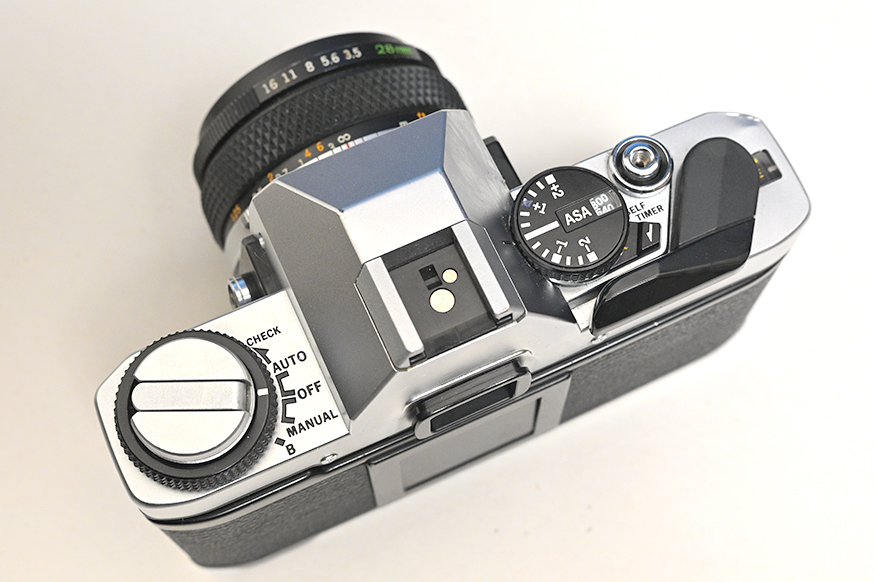
For any film shooter today this camera has it all, or at least all you need to take pictures on film without a heavy price tag and complicated menu system, (thinking of Nikon F5 and 6), and a camera that looks every bit as nostalgic and classy as the usual suspects from the 70’s and 80’s. Plus, it takes those wonderful OM System Zuiko lenses AND it’s small and light weight!.
It’s also a conversation builder too! I’ve had many folk stop me in the street when they see Olympus, then proceed to ask me if film is still made! I love these conversations with strangers.
It has the same metering system as the OM-10 which was called OTF Metering (Off The Film) which was supposed to be very accurate where by, in auto mode (Aperture Priority), would take the light reading as soon as the shutter opened from the film surface and change the shutter speed accordingly. I suppose if you think with normal TTL metering the light could change at the instant the mirror lifted. With OTF the camera measured the light at the instant it hit the film surface. The light cell is located just under the mirror pointing toward the film plane.
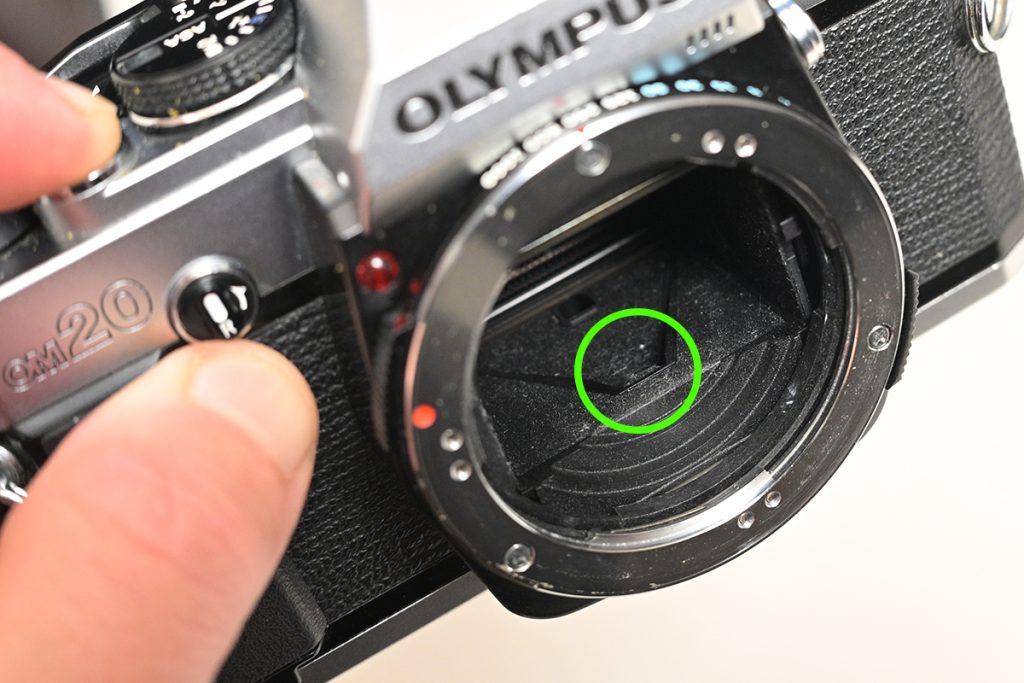
But what Olympus did was to eliminate the use of the shutter dial accessory and included a new shutter speed dial on the lens mount bringing the camera more up to date and inline with other AP/Manual cameras of it’s time.
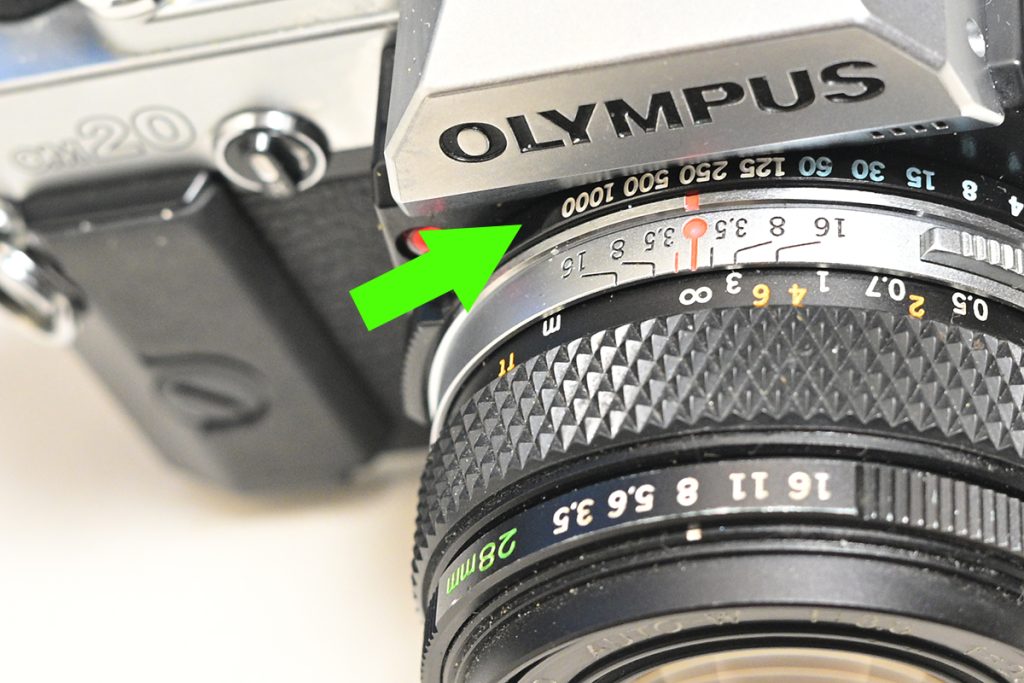
The cameras were identical apart from a few improvements.
Both the OM-10 and OM-20 have the same ASA range, 25-1600 and the same shutter speed range, 1s – 1/1000th.
The OM-20 included an overexposure warning in the viewfinder and a hot shoe dedicated contact point for standard electronic flash sync (X-sync), making it easier to use modern flashes without additional adapters.
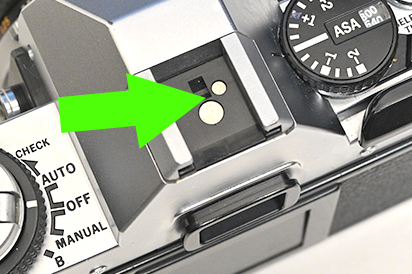
The OM-20 also provided more control and a few quality-of-life improvements for photographers wanting to delve into manual exposure settings. The OM-10 catered more to those who valued pure simplicity in an aperture-priority system.
Why underrated?
So why does the OM-20 have less popularity than the OM-10?
I can imagine back in 1979 for anyone wanting to get into the OM System the less expensive choice would have been the OM-10. The OM-20 would have been slightly more expensive because of the modifications and I would imagine the sales of the OM-10 would have declined, apart from those that would just wanted simplicity then aperture priority was King and would have gone for the cheaper OM-10.
But today it would make more sense to grab the OM-20. I had the use of an OM-10 some years ago and I made a video on the camera. I instantly loved it but after some research I decided to buy the OM-20 and I’ve had it ever since. Unfortunately the timer never worked! And I have noticed the metering is off by about a stop, which is no problem as for Auto Mode I just adjust the exposure compensation dial.
If you look around you will notice the OM-20 is slightly cheaper on the used market and it’s not always guaranteed you will get an OM-10 with the shutter speed adapter, in which case you can expect to pay extra. (maybe £20-30).
Maybe the OM-20 is not as popular because of all the nostalgic blogs and vlogs dedicated to the legend that was the OM-10. And it’s also evident that the price seems to hold better than the OM-20 but in my opinion the OM-20 is a no brainer of you’re looking to use the camera and get the most out of it for your film photography journey.
And finally beware both cameras are electronic shutters and will only work with a battery inside! I remember finding this out the hard way literally half way through a vlog for YouTube I had to go to the shops to get batteries (2xLR44) to unlock the shutter after an exposure! The shop didn’t sell them separately and I had to buy a pack of assorted button cell batteries!
